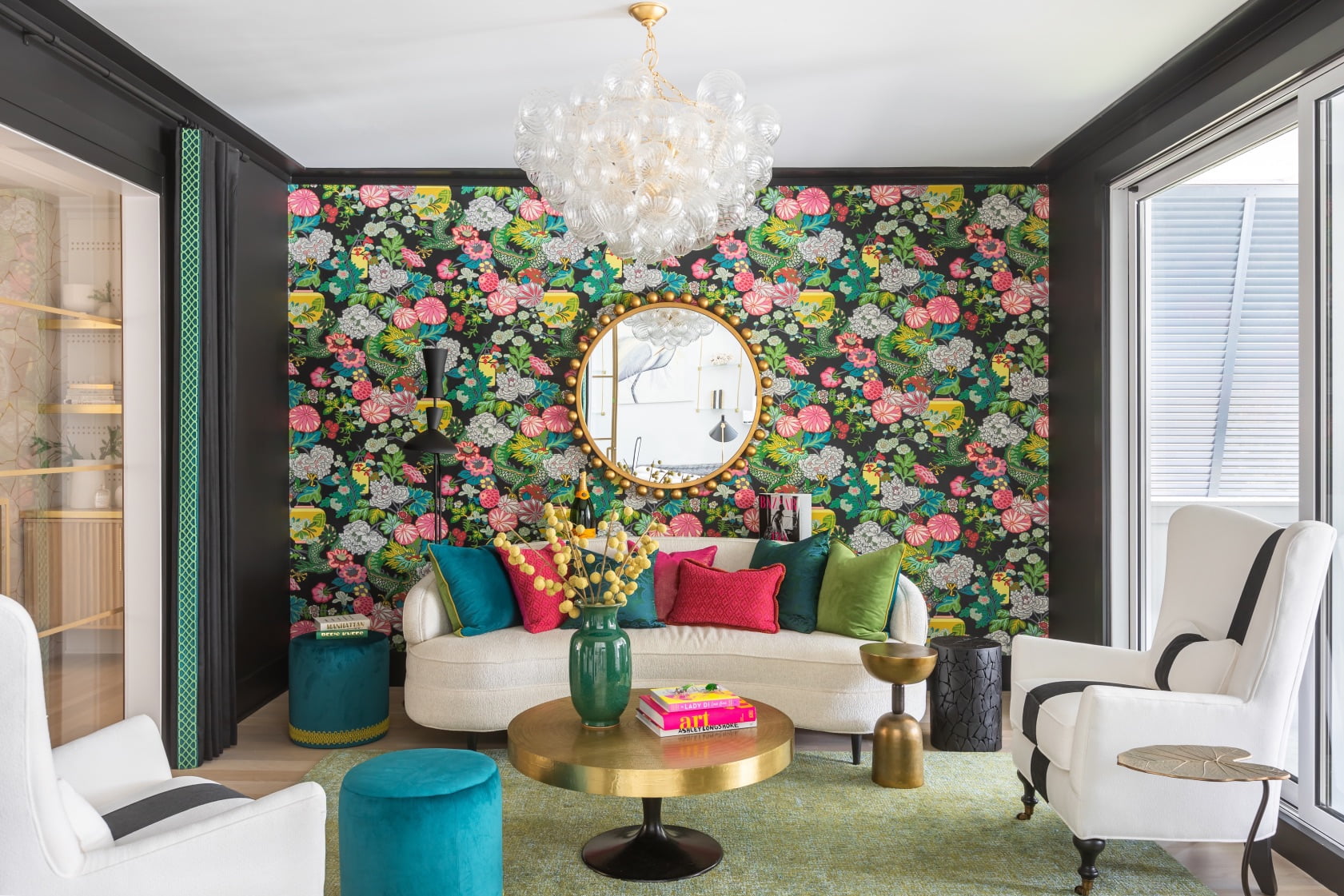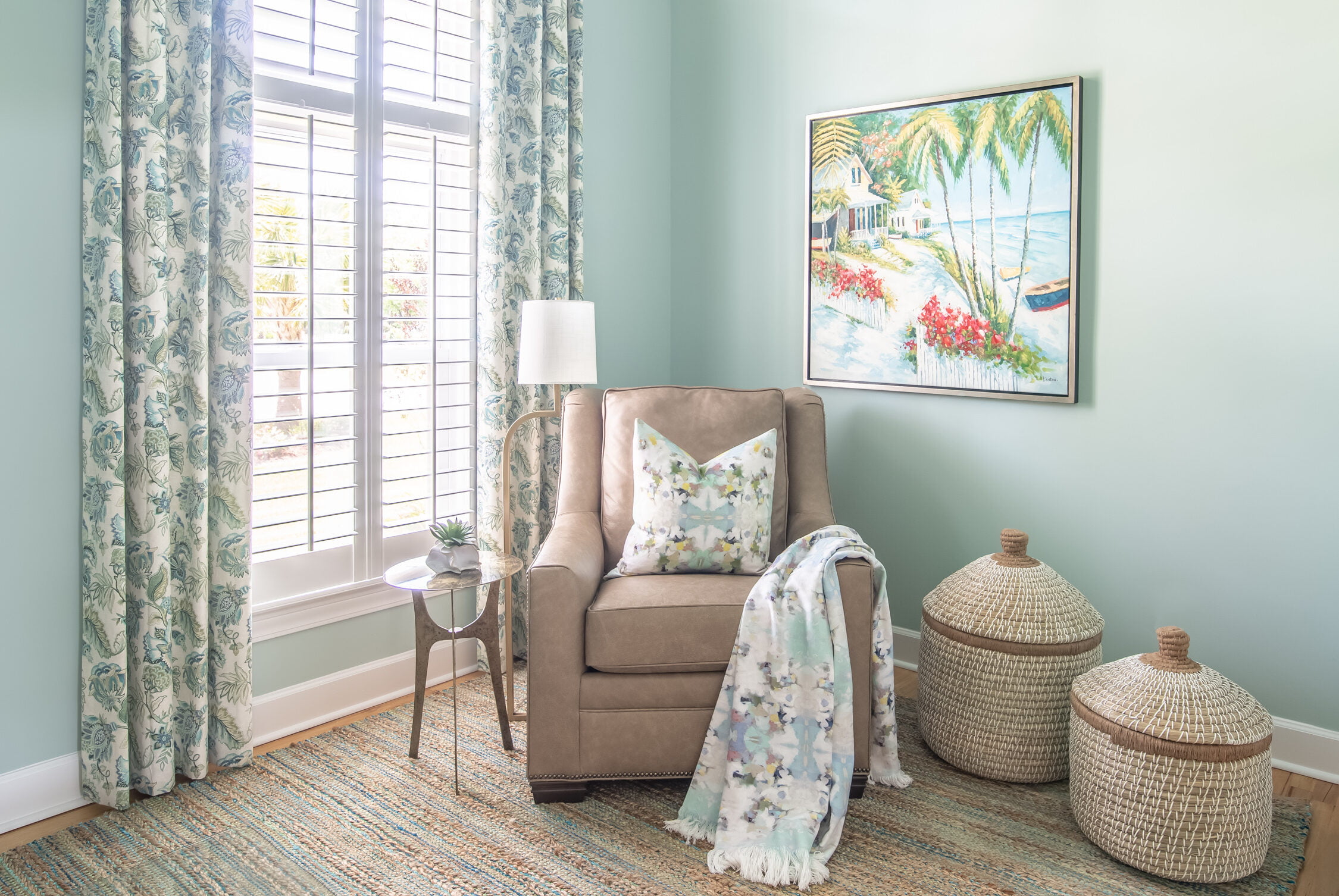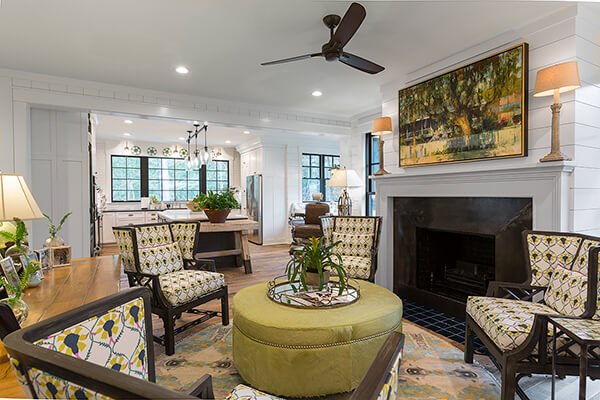Scale is a central ingredient to a successful design. Depending on the specific application, each project contains a wide variety of different sized pieces of furniture and fixtures. This is a never ending snowball effect; the scale of the space determines the scale of the dining table, the scale of the dining table determines the scale of the light fixture, and it continues down to small accessories. When considering scale and proportion, functionality is also considered. For example, the size of a dining table is not only determined by the space itself, but by how many people the client wishes to seat at the table.
Lighting scale needs to compliment both the size of a table as well as provide the appropriate light output into the space. A light fixture over a dining table should be half the diameter of the dining table. For example, a 60” round dining table works best when paired with a 30” diameter light fixture. CHD offers a vast array of lighting scale options in both shaded and glass chandeliers.
Scale in terms of window treatments is vital to keep in mind when designing a space. The height as well as the type of fabric used is important to the perception of a space. The picture above shows the use of horizontal striped window treatments. This is best used to accentuate a narrow room or a tall ceiling height. The same is true for running the stripes vertically. The stripes help to lead your eye upwards and make a visual persuasion the walls are taller than they actually are.
The scale of the room determines the scale of the fabric pattern used. A larger room can access larger furniture and larger graphical prints and colors. A smaller room requires smaller scale furniture and fabric patterns. The taller the ceilings are in a space, the taller the chairs can be. The only time shorter furniture should be used in a space with a tall ceiling is when the style is a more modern style.












